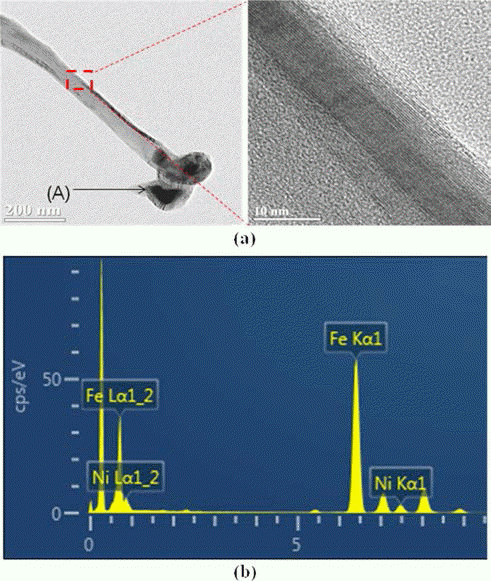Search
- Page Path
- HOME > Search
- [Korean]
- Study on Surface Modification of Ti Substrate to Improve the Dispersion of Catalytic Metals on Synthesis of Carbon Nanotubes
- Seoung Yeol Kwak, Ho Gyu Kim, Jong Min Byun, Ju Hyuk Park, Myung-Jin Suk, Sung-Tag Oh, Young Do Kim
- J Korean Powder Metall Inst. 2014;21(1):28-33. Published online February 1, 2014
- DOI: https://doi.org/10.4150/KPMI.2014.21.1.28

- 631 View
- 0 Download
- 4 Citations
-
 Abstract
Abstract
 PDF
PDF This paper describes the surface modification effect of a Ti substrate for improved dispersibility of the catalytic metal. Etching of a pure titanium substrate was conducted in 50% H2SO4, 50°C for 1 h-12 h to observe the surface roughness as a function of the etching time. At 1 h, the grain boundaries were obvious and the crystal grains were distinguishable. The grain surface showed micro-porosities owing to the formation of micro-pits less than 1 μm in diameter. The depths of the grain boundary and micro-pits appear to increase with etching time. After synthesizing the catalytic metal and growing the carbon nano tube (CNT) on Ti substrate with varying surface roughness, the distribution trends of the catalytic metal and grown CNT on Ti substrate are discussed from a micro-structural perspective.
-
Citations
Citations to this article as recorded by- Solvent induced surface modifications on hydrogen storage performance of ZnO nanoparticle decorated MWCNTs
Madhavi Konni, Anima S. Dadhich, Saratchandra Babu Mukkamala
Sustainable Energy & Fuels.2018; 2(2): 466. CrossRef - Influence of nickel nanoparticles on hydrogen storage behaviors of MWCNTs
Ye-Ji Han, Soo-Jin Park
Applied Surface Science.2017; 415: 85. CrossRef - Spontaneous Formation of Titanium Nitride on the Surface of a Ti Rod Induced by Electro-Discharge-Heat-Treatment in an N2 Atmosphere
W.H. Lee, Y.H. Yoon, Y.H. Kim, Y.K. Lee, J.Y. Kim, S.Y. Chang
Archives of Metallurgy and Materials.2017; 62(2): 1281. CrossRef - Synthesis of CNT on a Camphene Impregnated Titanium Porous Body by Thermal Chemical Vapor Deposition
Hogyu Kim, Hye Rim Choi, Jong Min Byun, Myung-Jin Suk, Sung-Tag Oh, Young Do Kim
Journal of Korean Powder Metallurgy Institute.2015; 22(2): 122. CrossRef
- Solvent induced surface modifications on hydrogen storage performance of ZnO nanoparticle decorated MWCNTs
TOP
 KPMI
KPMI


 First
First Prev
Prev


